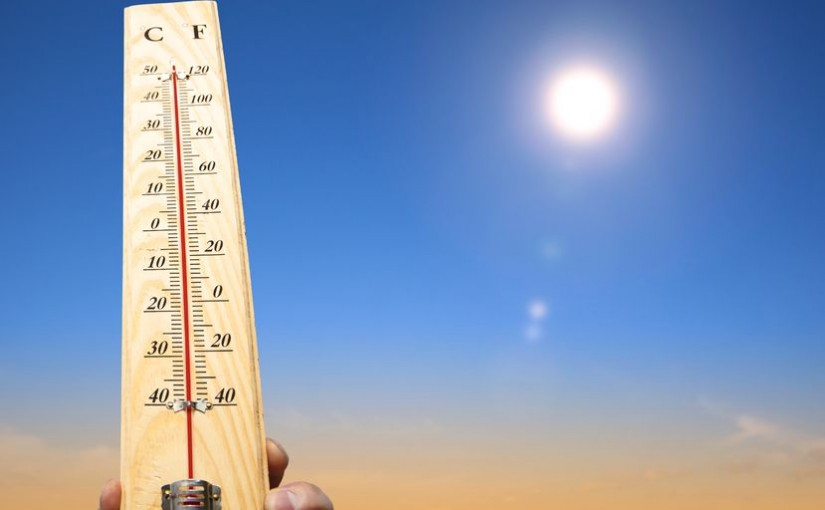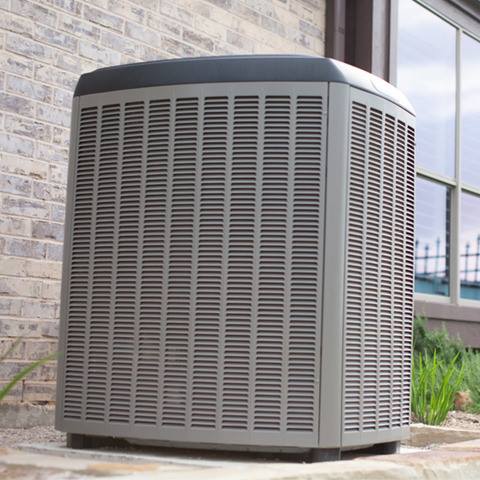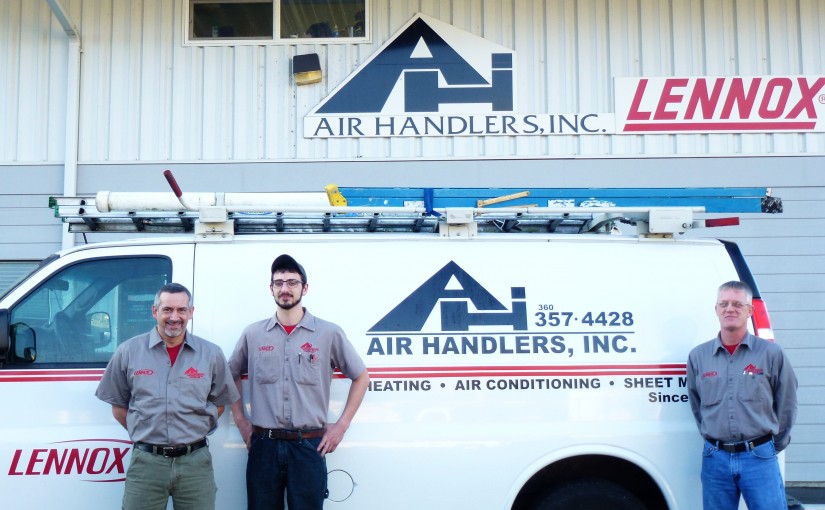Winter has arrived and the holidays will be wrapping up soon… not to mention that the new year is nearly here! In all this time of relaxing, celebrating with family and friends, and enjoying the warmth of your home, the last thing you need is for your furnace to quit. To prevent a situation that would leave you stressed and require expensive emergency services, we want to re-post a list of things to look out for to determine if your home furnace has a problem. We also provide some simple fixes you can try on your own for minor challenges. It should be stressed that if you suspect a major issue with your home furnace, you should get help from a qualified professional rather than going at it on your own.
Thermostat malfunctioning
Your thermostat is an integral part of the safety features of your home furnace. It shuts down the furnace when it exceeds the maximum temperature specified to conserve energy and prevent accidents. This operating temperature varies from furnace to furnace. Your thermostat may be malfunctioning if it continuously shuts down before it even reaches this specified temperature. This continuous shutdown can make your living area very uncomfortable, and a simple fix for this is to check the battery of the thermostat and replace it to get your furnace working at its optimum. The thermostat setting should also be reviewed to prevent inadequate heat production by the furnace or total shutdown.
Lack of maintenance
If you fail to maintain your furnace properly, you should not be surprised when it breaks down. To cut down costs which arise from a total breakdown, you should plan for annual tune-ups and maintenance by qualified professionals.
Faulty Filters
Filters are very essential, but often overlooked components of the furnace system. They are built to remove unwanted particles from the generated airflow. A build-up of dust and dirt over time leads to a clogged filter. During the process of dust and dirt by passing air through the vents, a clogged filter puts more pressure on the furnace. A clogged filter may even lead to a total shutdown of the furnace as the heat exchanger might stop working due to overheating caused by an over clogged filter.
If your environment generates a lot of dust and dirt, ensure that you change your filters regularly. Most furnace manufacturers specify between a month to three for a change of your filter. A filter change is essential if you have a child-friendly environment so that your air filter does not become an air pollutant.
Size issues
When your furnace does not heat enough, it may be a pointer to the fact that your furnace is the wrong size for the space provided. To solve this problem, get a professional to estimate your needs and help you determine which furnace system would be the perfect fit for the space provided. Ensure that you are guided by professional advice from picking a furnace up to its installation.
Gas
If your furnace is not starting up, a simple solution is to check the gas valve and carefully turn it o if it was turned off. If you suspect a gas leak, leave the affected area immediately and contact the fire service.
Vents and Pipes
In gas furnaces and high efficiency condensing furnaces, vents are very vital to maintain because they take emissions outside the building. Most times, these emissions are combustible, and it is essential that they are not covered to prevent fire outbreaks.
There is also the danger that the pipes leading to the vents will become clogged with ice leading to serious problems. To prevent clogging from ice, exhaust vent pipes need to be shortened. When the pipes are too long, a build-up of moisture might occur because the force pushing out the exhaust is not enough to go the length of the pipes. This makes it more likely for ice clogging when the exhaust finally reaches the outside. To prevent these problems, ensure that the outside units are clear and clean before it becomes too cold. In screening pipes and vents you should use materials that will not inhibit the flow of exhaust.
Electric ignition
Furnaces come with an igniter which automatically lights up gas when switched on. If the furnace fails to light up, the usual suspect is the ignition wire which should be inspected. If the situation persists, you should turn off the igniter and reset it. If it is an electronic igniter, it is not wise to attempt to light it manually as it is a highly complex system which should not be tampered with.
Noise
Continuous rattling, screeching and other unwanted sounds are often early indicators of a more serious mechanical or electrical problem. These noises also arise due to wear and tear and a trip to a qualified professional would get all issues cleared up.
It is essential to be proactive as a home furnace owner and to deal with issues as soon as they arise to ensure that your furnace is always in good condition






